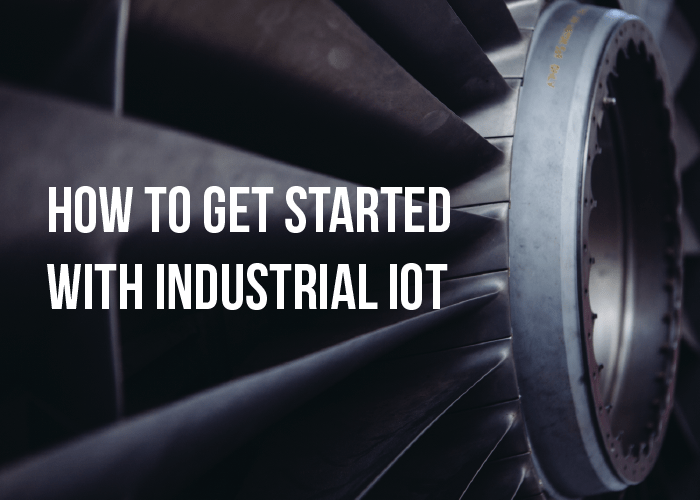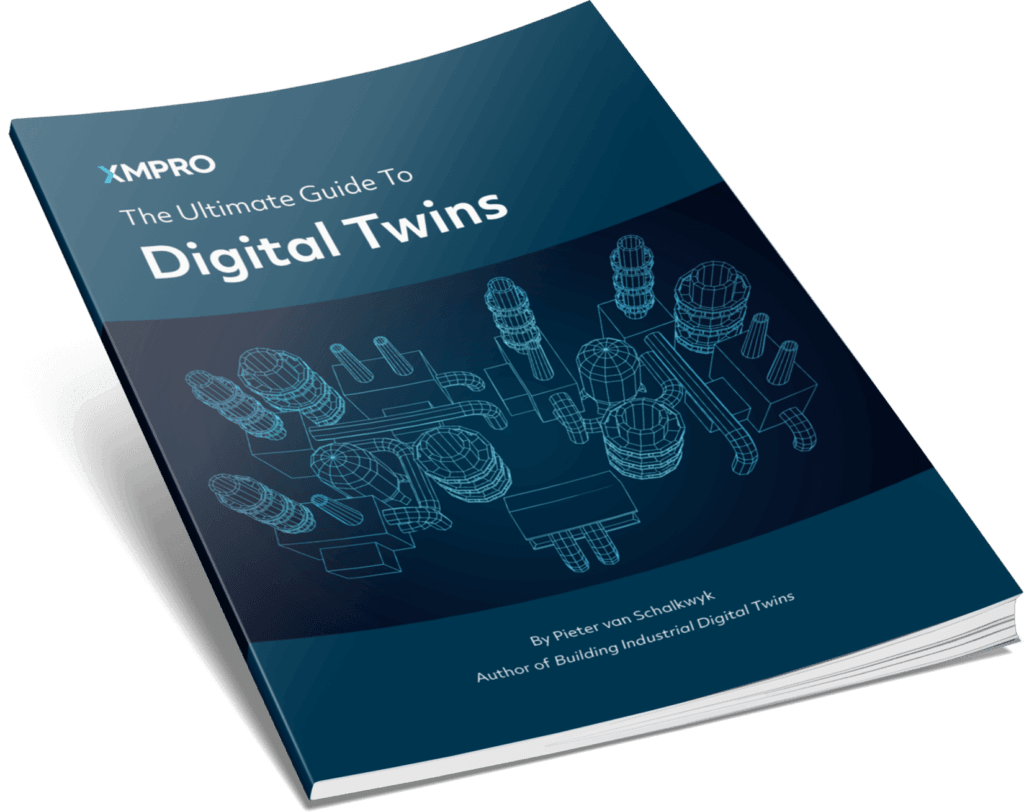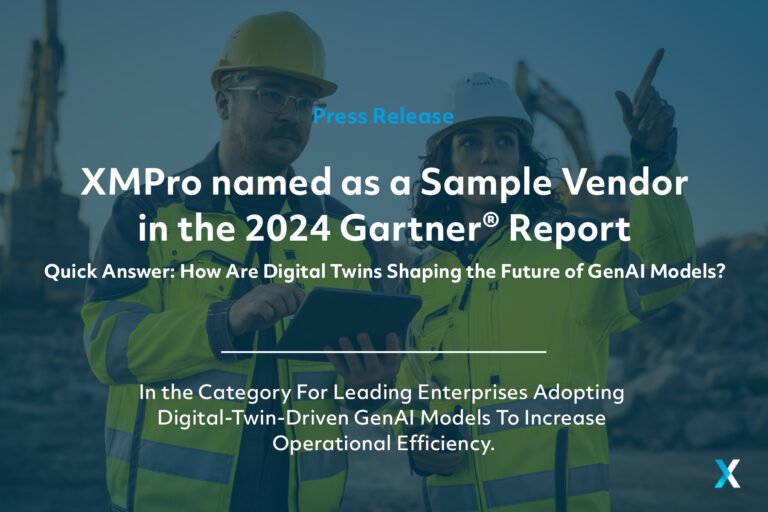
Is the Industrial Internet of Things (IIoT) a solution looking for a problem?
There is currently a lot written about the 25-50 billion devices (depending who you talk to, but either way, it’s a lot of smart sensors) that will make up IoT by 2020. Analysts predict that around 40% of that will be industrial (it depends on which analyst you talk to, but again, it’s a huge number).
What is often overlooked is the prediction that it will take 5 million applications to manage these 50 billion devices. Alas, a lot of apps and software applications will be needed to “make it work”.
Most of the focus at the moment is on the device, sensor and cloud aspects of both IoT and IIoT. There seems to be a fascination with the blinking LEDs on the bare boards and the cloud stores where we push the sensor readings to. We are building great “solutions” that can push more data through the firehose of big data that is already streaming into our businesses. It is a deluge of data.
When we speak to clients we hear “we don’t know what to do with all the data we are collecting” and others say “we know that there are great benefits in using IIoT, we just don’t know where to start or how to articulate the benefits or ROI”. Therein lies the problem.
Too often we find that IIoT solutions start with “we have sensors, what can we measure for you?” rather than “what business problem do you need to solve and how will you build a business case for it?”.
That is also the way to get started with IIoT.
Start with the problem and work your way to the sensors
Our interest as engineers and developers is with the gadgets, sensors, and blinking lights and that is most often our starting point. The right approach is to start with the business problem and understand what data you need for operational intelligence and situational awareness. Then see what sensors will be able to give you that. We generally need a lot less sensors and data than what we had when we started the other way around. Typical business problems in industrial use case include:
- We need to optimize well production across an oil field by identifying those wells that have declining production or those that are predicted to decline based on real-time lead indicators that we can monitor.
- We need to improve the first-time fix rate of our field service crews and reduce the number of truck rolls by providing the right insight on the performance and diagnostics before they do a customer or plant call. A big differential on inlet and outlet pressures may indicate a filter issue and the field service technician can go with the right spares and improve first-time fix rate. Not only does this improve customer satisfaction, but it also improves safety (less time on the road), it reduces the inventory on trucks, and increase the profitability of field services.
Both these examples illustrate the benefit starting with the problem and working your way to the sensors. It is a solution for a real problem, not a solution looking for a problem. It makes it easy to define the metrics to use for the business case and pilot. It also provides insight to the requirements of the app or application that will be used as the “front-end” to your solution.
Build a pilot IoT application to prove the business case, then scale it out
Once you know what problem you are solving and how you will measure the benefits, the next step is to create a pilot to validate your business case on ROI.
IIoT requires investment in sensors, connectivity, applications and people. Right now there is very little empirical evidence of “how much will it cost”. There are very few large-scale, enterprise deployments with publicly available cost and ROI metrics. This means you will have to prove the value by creating a pilot which can later be scaled.
There are key differences between pilots and enterprise deployments (which I will address in a separate blog post) but a pilot makes it easy to prove the ROI, reduce business risk and overall costs.
Use a BYOA IoT Application Suite to get started with IIoT
Both “start with the problem” and “build a pilot to prove the ROI” require a customized approach to get started. There is no end-to-end or COTS (commercial, off-the-shelf) application that will do that for you. Just collecting data and publishing it to a dashboard doesn’t represent how this will work in a full enterprise deployment.
BOYA (Build Your Own Application) using an IoT Business Application platform like XMPro IoT makes it easier to get started with real IIoT applications and brings these benefits:
- A quick time-to-market for innovative IoT applications – create IoT applications in days rather than months with XMPro’s comprehensive model driven design tools.
- Extend the use of IoT data beyond OT by integrating it with other internal and external data sources – create new information mashups for decision support that didn’t exist before.
- Extend interventions beyond notifications and alarms; create rich forms, workflows, and processes that drive actions and not only insights.
- Works in complex, distributed environments as is typically the case with industrial applications – work on-premise, in the cloud, or a hybrid of both.
- Integrate and leverage other IoT device platforms and machine learning as part of your applications – focus on the business problem, we look after the tools.
- Easy to change or extend – create as many applications as you need to address all your IoT needs, from pilot to the plant.
Getting started is not hard, just start at the business end and work your way to the technology end. Pilot and prove before you scale. Don’t let IIoT become a solution looking for a problem in your business.
















